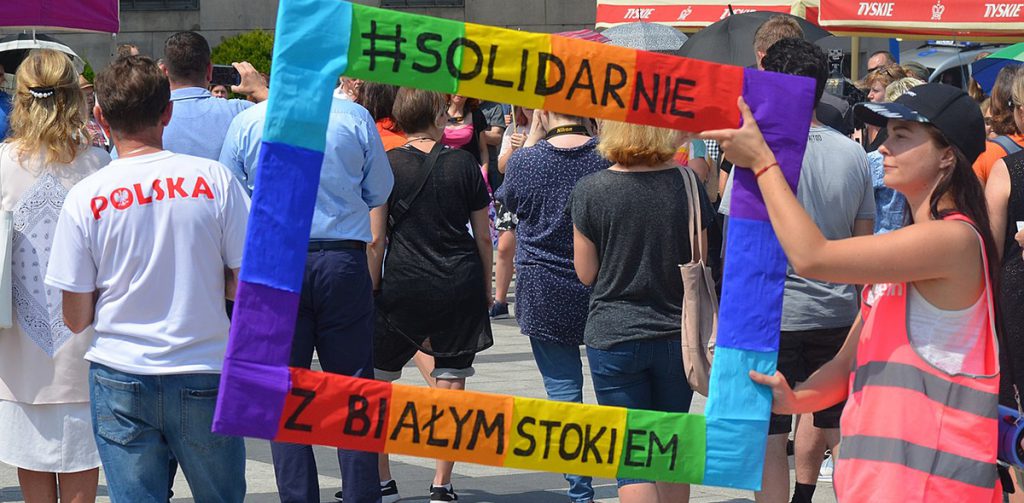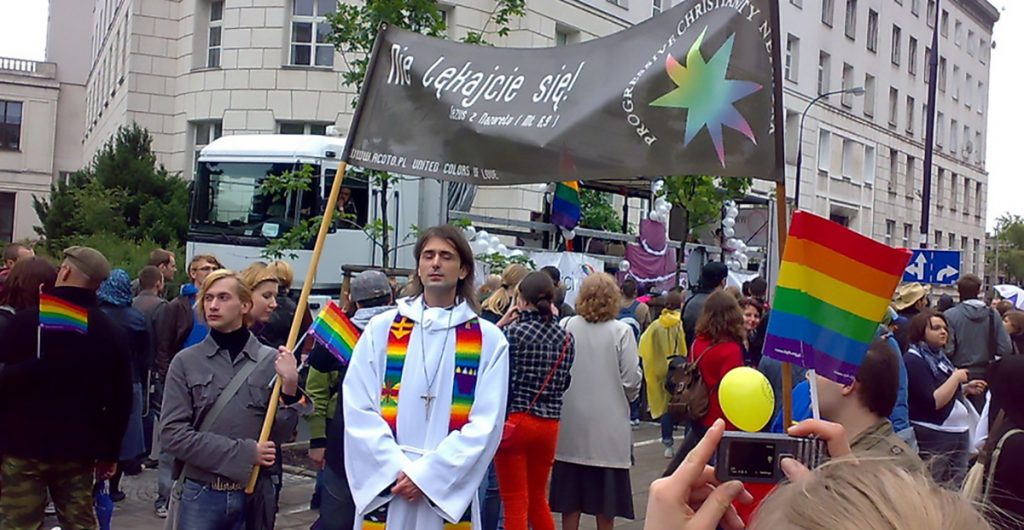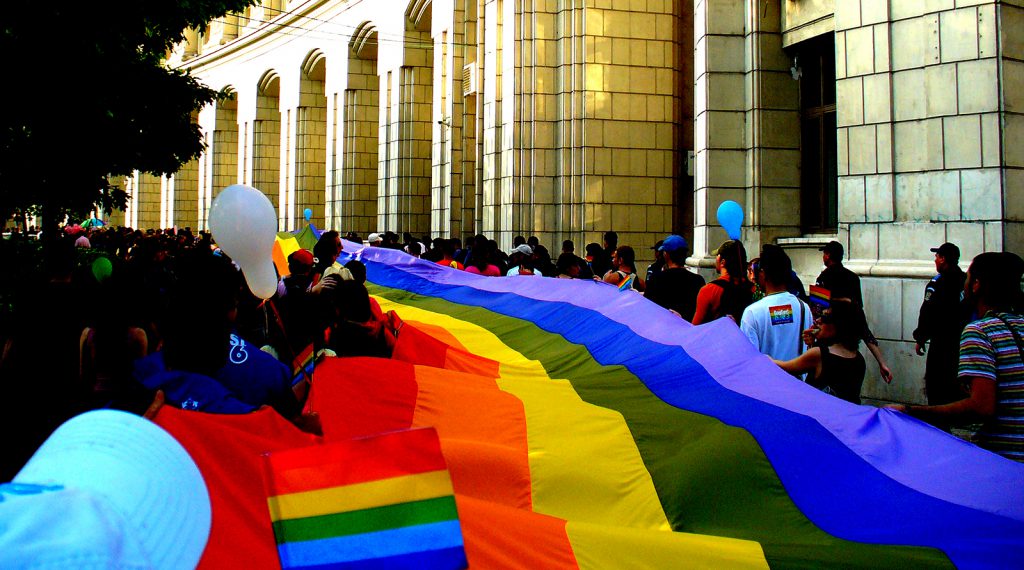Planning for forthcoming Pride months, the LGBTI movement in East European countries is characterised by strength and unity. Both will be needed to confront growing levels of anti-LGBTI rhetoric and policies, writes Maja Gergorić
The LGBTI community in Eastern Europe has faced many obstacles, primarily rooted in institutional anti-gay rhetoric and homophobic societal attitudes.
Barriers have included official and unofficial discrimination, and low societal tolerance. In Romania, homosexuality was a criminal offence as late as 1996. The LGBTI community must also contend with a politically influential Catholic Church with a robust anti-gay sentiment in some countries, such as Poland.
Eastern European countries did experience some changes in legal rights and social attitudes after joining the EU. But this also created space for a political backlash that targets the LGBTI community.

Unlike other anti-LGBTI movements, this growing opposition has taken the form of an anti-gender movement. It is a vast network of actors mobilising against gender and sexual equality or, in other words, gender theory and ideology. At the heart of this movement, alongside grievances surrounding reproductive rights and sex education, lies rhetoric directed at LGBTI rights.
Since its emergence, the anti-gender movement has continuously targeted civil partnership and same-sex marriage, as well as same-sex adoption. As a country adopts new policies and moves closer towards granting same-sex couples rights, the anti-gender movement presents those developments as a slippery slope to eradicating the traditional family model.
the anti-gender movement presents progressive developments as a slippery slope to eradicating the traditional family model
Opposition to same-sex marriage is not the only issue on the movement’s agenda. Access to kinship by same-sex individuals and couples, second-parent and joint same-sex adoption and foster care, surrogacy, and access to reproductive technologies are also subject to continuous debate.

To preserve the status quo, the anti-gender movement aims to incite moral panic among the general population. It's a tactic we often see in messaging and visuals when the movement targets trans people and trans rights.
Trans women are often the principal target of the anti-gender movement's campaigns. They become scapegoats for societal changes around binary gender identities and sexual equality.
The Council of Europe’s Convention on preventing and combating violence against women and domestic violence, known as the Istanbul Convention, has been the target of anti-gender movements in Croatia and Bulgaria. Protesters rallied against its ratification, using similar scapegoating tactics.
Fearmongering around trans people is based on the notion that the legal acceptance of trans women will endanger children
Fearmongering around trans people is based on the notion that the legal acceptance of trans women will endanger children. People seem to be especially concerned about the safety of young girls in public toilets. More generally, they fear that gender equality will disrupt traditional gender roles.
The two primary strategies of the anti-gender movement are to react against progressive reforms, and to prevent similar reforms emerging.
The Slovenian anti-gender movement’s 2009 referendum campaign, for example, concentrated on opposition to the government’s proposal to allow same-sex marriage. In 2013, Croatia was on track to pass a marriage equality law. In anticipation, the Croatian anti-gender movement tactically inserted into the country's Constitution a homophobic definition of marriage as being a union between a man and a woman.
Inspired by success in Croatia, the Slovak anti-gender movement initiated a referendum to oppose same-sex marriage and adoption, among other reforms. In the event, low voter turnout dashed their hopes for success.

Records show an increase in public violence against LBGTI people. Widespread homophobic and transphobic fearmongering campaigns, scapegoating, and victim-perpetrator reversal tactics, alongside successful anti-LGBTI institutional changes, have shaped and supported this rise.
In Croatia, a cardboard replica of a children’s book about a same-sex family was burned at the annual carnival
In 2018, a large cardboard replica of a children’s book about a same-sex family was burned at the annual carnival in Croatia. Two years later, protesters set ablaze an effigy of a same-sex kissing couple and their child.
Polish municipalities and regions have ratified documents that call for freedom from 'LGBT ideology', or what media outlets later referred to as declarations of LGBT-free zones. More than 100 municipalities have declared themselves free of the LGBT ideology, which amounts to a third of the country.
The LBGTI community is familiar with opposition to its rights. LGBTI movements grew in post-communist Eastern European countries despite high levels of political homophobia in their closed societies and the absence of pre-existing mobilising structures.
As worrying as the anti-gender movement may be, what we can expect in response is a strong, united, and impactful LGBTI movement.